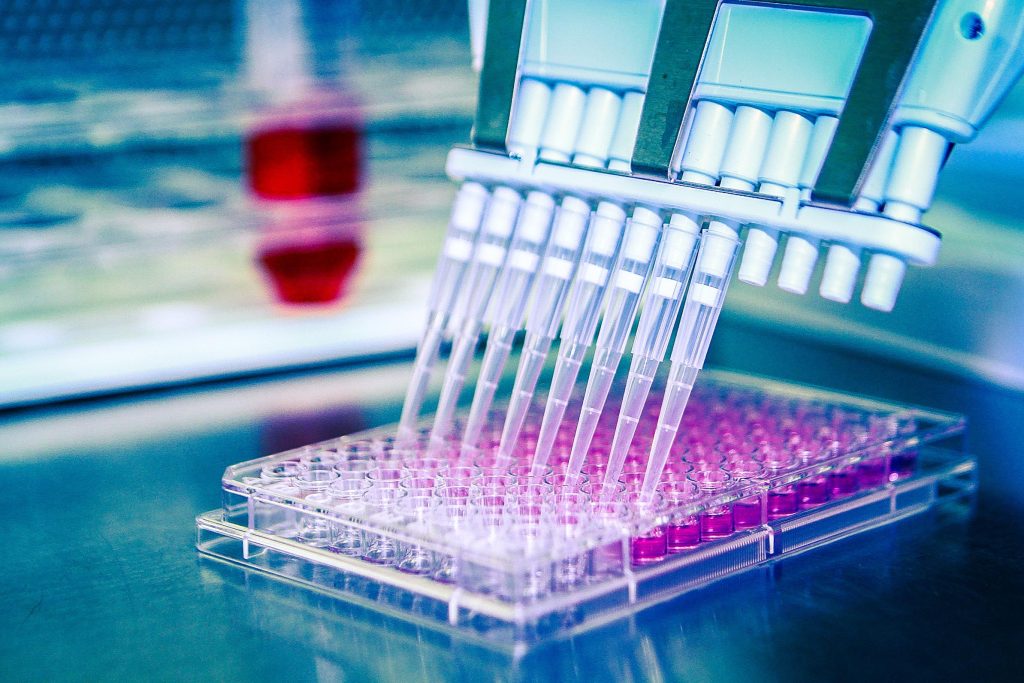Biopharmaceuticals, also known as biological drugs, have emerged as a cornerstone of modern medicine, offering innovative and targeted therapies for a range of diseases. These drugs are produced through biological processes involving living cells, making their formulation and manufacturing highly complex and intricate. This article explores the significance of biopharmaceutical formulation in creating effective therapies, highlighting the challenges and advancements that have transformed the landscape of drug development.

Significance of Biopharmaceuticals Formulation:
Biopharmaceuticals are distinct from traditional small-molecule drugs due to their complexity, size, and production methods. Formulating biopharmaceuticals is a critical step in drug development, as it impacts the drug’s stability, efficacy, safety, and overall therapeutic profile. The formulation process involves optimizing the drug’s structure, formulation composition, delivery mechanisms, and packaging to ensure its stability, bioavailability, and targeted delivery to patients.
Challenges in Biopharmaceuticals Formulation:
Protein Stability: Proteins, a common type of biopharmaceutical, are sensitive molecules and can easily lose their structure and function due to environmental factors like temperature, pH, and agitation. Formulating stable protein-based drugs is a significant challenge.
Immunogenicity: The potential for the body’s immune system to recognize and mount an immune response against biopharmaceuticals can affect their safety and efficacy. Formulation strategies need to minimize immunogenicity.
Drug Delivery: Biopharmaceuticals often require specific delivery systems to ensure they reach the intended site of action within the body. Creating effective link delivery systems is critical for their therapeutic success.
Manufacturing Complexity: The production of biopharmaceuticals involves complex biological processes, including culturing cells and using advanced bioreactor systems. Formulating these drugs requires expertise in both biology and engineering.
Advancements and Strategies in Biopharmaceuticals Formulation:
Stabilization Techniques:
Formulation scientists employ various stabilization techniques, such as lyophilization freeze-drying and the use of stabilizing excipients, to enhance the stability and shelf life of biopharmaceuticals.
PH and Buffer Optimization:
Optimizing the pH and buffer systems in the formulation can enhance the stability and solubility of biopharmaceuticals, particularly proteins.
Advanced Drug Delivery Systems:
Formulation scientists design innovative drug delivery systems like liposomes, nanoparticles, and microparticles to improve drug delivery, increase bioavailability, and enhance patient compliance.
Monoclonal Antibody Engineering:
Genetic engineering techniques are employed to modify monoclonal antibodies, improving their therapeutic properties and reducing their immunogenicity.
Personalized Formulations:
Understanding a patient’s unique characteristics, such as genetics and metabolism, allows for personalized formulations, optimizing dosages and minimizing adverse effects.
Future Perspectives:
The future of biopharmaceutical formulation lies in leveraging emerging technologies, such as artificial intelligence, machine learning, and systems biology, to design precise and efficient drug formulations. These technologies can predict drug behaviors, optimize dosages, and anticipate patient responses, contributing to personalized medicine and improved therapeutic outcomes. In conclusion, biopharmaceuticals formulation plays a crucial role in drug development, ensuring the creation of effective and safe therapies for various medical conditions. Overcoming the challenges associated with the complexity of biopharmaceuticals requires continuous research, innovative technologies, and interdisciplinary collaboration.
